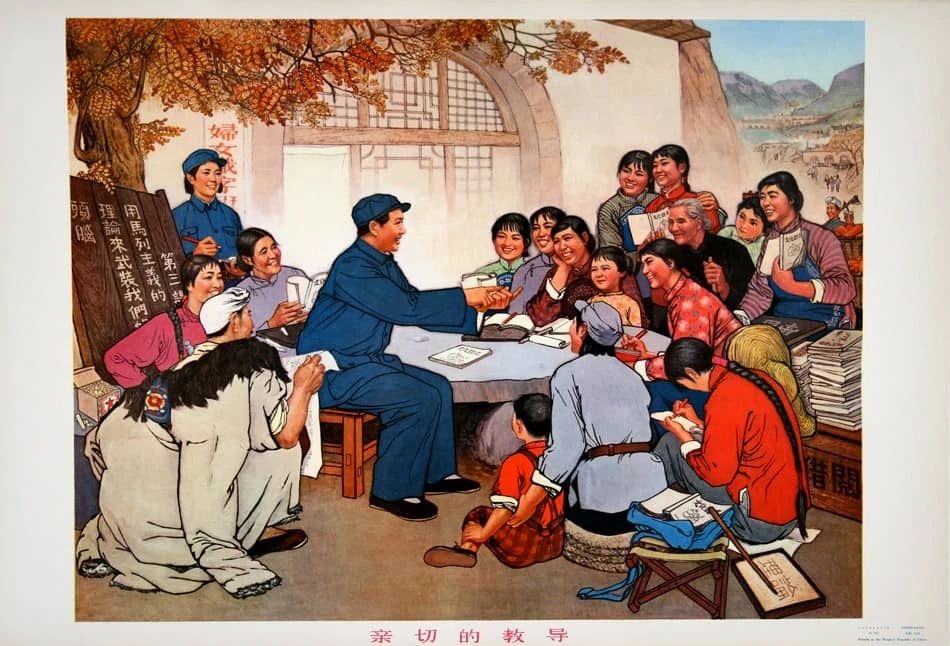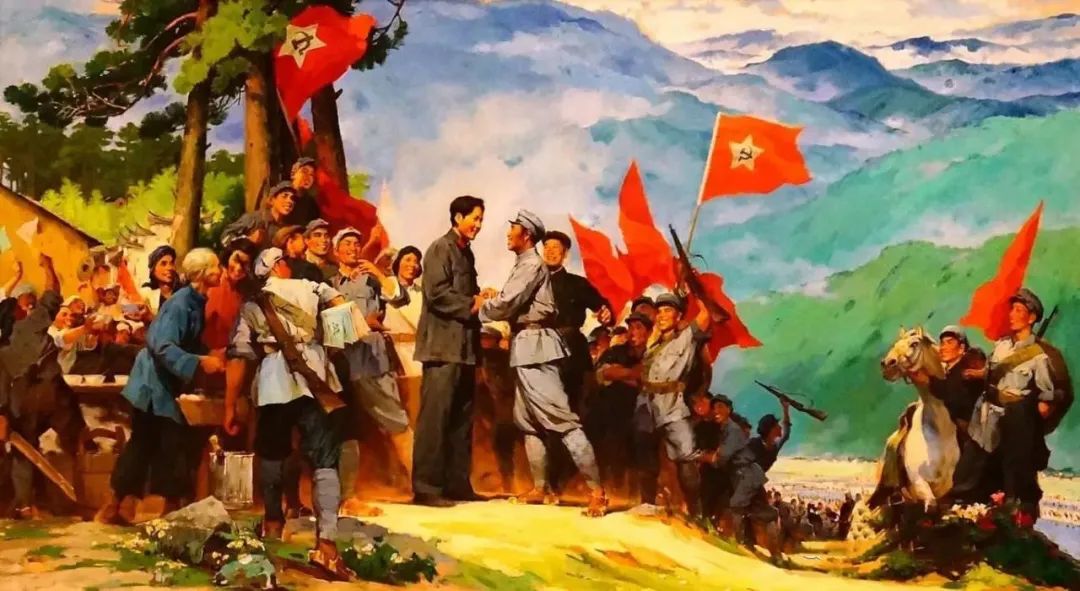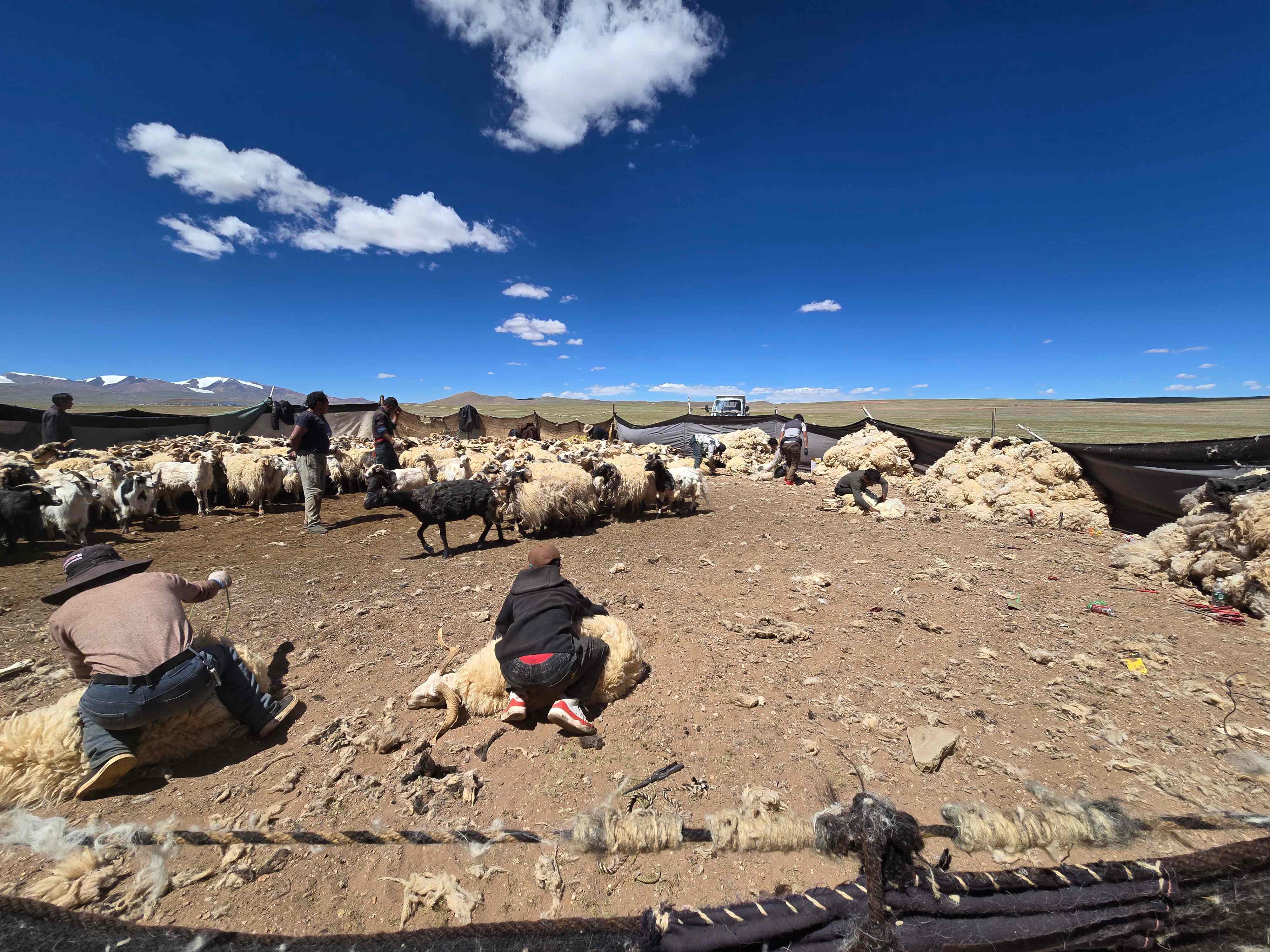转基因作物种植面积并未增加,多国弃种
来源: GM WATCH 发布时间:2017-09-12 阅读:3152 次
食物主权按:尽管越来越多的国家和地区禁止了转基因作物的种植,孟山都公司及其推手却在声称全球转基因作物的种植面积在继续增加,并且更大程度地减少了杀虫剂的使用。事实上,在印度,因为转基因作物严重的病虫害问题,农民被迫减少种植。转基因作物种植面积的增加只发生在美国和巴西,而代价之一竟是200万英亩亚马逊森林的破坏!在各国消费者的压力下,食品公司也不得不提供更多的非转基因食物。本文用事实说明,转基因作物的光明前途只是谎言。
中文翻译
转基因游说团体国际农业生物技术应用服务组织(简称ISAAA,即International Service for the Acquisition of Agri-biotech Applications)最近的报告称,全球转基因作物种植面积在2015年跌落之后,2016年增加了3%。
但公益组织“基因伦理”(gene ethics)指出[1]有两个国家——布基纳法索(非洲国家)和罗马尼亚于2016年全面放弃了种植转基因作物。
在其它种植转基因作物的国家,种植面积也减少了。
因为病虫害的问题,2016年Bt棉花在印度的种植大幅下滑。
而在阿根廷,ISAAA自家的报告承认,大部分农民改种玉米和向日葵导致了大豆种植的减少,转基因作物整体种植降低了3%。
在中国,棉花的低价和存量过剩引发转基因作物种植减少了24%。而中国转基因种植面积在未来一段时间不太可能增加,就在2016年的12月,中国最大的谷物生产省(指黑龙江)通过了一个针对转基因生产和销售长达五年的禁令。
ISAAA报告说全球用生物技术种植的区域增加了百分之三,达到1亿8千5百10公顷,这个增加的部分主要是被两个国家——美国和巴西——微小的增值拉高的。
巴西转基因种植面积的增加,大部分是转基因大豆,伴随的却是亚马孙森林10年来从未有过的滥伐的飙升。2015年8月到2016年7月,将近200万英亩的森林被砍伐。对大豆种植需求的增加成了层出不穷的焚烧森林的主要原因。
2016年转基因作物种植占全球作物面积的比例少于13%。
“2015年还种植转基因作物的两个国家,到2016年就洗手不干了,这把转基因种植国家缩减成26个。而90%的转基因作物是种植在北美洲和南美洲的8个国家,所以它根本不是一种全球的产业。”基因伦理会长鲍勃•菲尔普斯(Bob Phelps)指出。
2015年,布基纳法索种了40万公顷的棉花,但去年就禁种了,那是因为转基因棉花纤维品质恶劣,破坏了这个国家特优的名誉,产品也掉价了。
罗马尼亚种植转基因作物的历史在欧洲是首屈一指的,但2015年仅仅一位农民种植了2.5公顷的商用转基因玉米,到2016年罗马尼亚的农民全面罢种了。
只有1千8百万的大田农民种了转基因商品,连续两年都仅占世界5亿7千万种植者的3%而已。
而ISAAA的年度转基因作物报告[2]却吹嘘2016年的种植增加了3%,算上了2015年的负增长,实际的增长只是区区2%。美国和巴西这当今最大的两个转基因作物生产国,在转基因种植上上升了一丁点儿。而其他国家的增减都是很微小的。
大部分转基因作物——比如大豆,玉米,油菜,棉花和甜菜——都只含有与1996年转基因面世时同样的特性,那就是抗农达除草剂和Bt蛋白抗虫性。
很多复杂的特性——比如抗旱和抗盐碱;谷物的固氮性;更营养的食物;高产量等等,都只是纸上作业而没有真正实现过。大部分转基因作物仅仅作为动物的饲料、生物燃料或者是纤维来出售的,很少人把它当成食物来吃的。
像嘉吉那样大的提供食物原料的农业公司,应对北美洲逐渐增强的消费者要求——要标明没有转基因成分的食物和各种配料的呼声,驱使他们回归到传统食物的多样性中[3]。
面对可能的失败,转基因种子公司进行了合并,还将他们的种子权和有望成功的特性采用了交叉认证。眼下3家农化和种子公司-拜耳/孟山都、中化/先正达和陶氏/杜邦-占了全球商用种子70%以上的份额,包括了全部的转基因种类。
菲尔普斯先生总结道: 是时候接受转基因作物走不下去这一事实了。
注释
[1] 查看下载基因伦理的PDF版报告http://www.geneethics.org/media
[2]]http://www.isaaa.org/resources/publications/briefs/52/pressrelease/pdf/B52-PressRelease-English.pdf
[3]参见:
http://www.huffingtonpost.com/entry/attacks-on-cargill-over-non-gmo-moves-based-on-fear_us_58ffb28ce4b0938fb73e9637
英文原文
GM crops stalled in 2016
There’s little to celebrate for the GM crop industry in ISAAA’s latest figures, as China drops GM plantings by 24%
The GMO industry lobby group ISAAA’s latest report (see the press story in item 2 below) says that GM crop cultivation increased globally in 2016, by 3%, after a dip in 2015.
But Gene Ethics points out (item 1 below) that two countries — Burkina Faso and Romania — gave up growing GM crops altogether in 2016.
Other countries have registered falls in GM crop production.
Bt cotton cultivation fell markedly in India in 2016, due to pest problems.
And in Argentina, ISAAA’s own report admits that GM crop plantings declined by 3%, largely due to reduced soybean seedings as farmers shifted land to corn and sunflower cultivation.
In China, low cotton prices and high stocks triggered a 24% drop in GM crop plantings.
China’s GMO acreage doesn’t seem set to increase in the near future, since in December 2016 China's biggest grain-producing province passed a five-year ban on growing, processing and selling the crops.
The rise reported by ISAAA has been driven by small increases in GM crop plantings in just two countries, the US and Brazil.
The rise in Brazil’s GM crop acreage – most of which will be GM soy — has been accompanied by reports that deforestation of the Brazilian Amazon rose for the first time in nearly a decade, to nearly two million acres between August 2015 and July 2016. Increasing demand for soy was cited as the chief reason for the spike in forest burning.
GM crops stalled in 2016
Gene Ethics, Monday May 8 2017
Genetically Manipulated (GM) crops grew on less than 13% of global cropland in 2016.
"Two countries that grew GM in 2015 planted none in 2016, reducing GM countries to 26. And around 90% of all GM crops are grown in eight North and South American countries so it is not a global industry," notes Gene Ethics Director, Bob Phelps.
"In 2015 Burkina Faso grew 400,000 ha of GM cotton but the crop was banned last year, after poor GM fibre quality had ruined the country's top reputation and down-graded its product.
"Romania had Europe's longest GM crop history, but just one farmer grew 2.5 ha of commercial GM maize in 2015 and last year Romanian farmers also imposed a national GM ban.
"Only 18 million broad-acre farmers grew GM commodities, for the second year in a row - just 3% of the world's 570 million growers.
"Yet the ISAAA's * annual GM crop report crows over a 3% increase in GM plantings in 2016 when the net gain was a marginal 2%, after a fall in 2015. The USA and Brazil - by far the two biggest GM crop countries - drove a small rise in GM plantings while most other countries had minor increases or declines.
"Most GM crops - soy, corn, canola, cotton and sugarbeet - still contain only the two GM crop traits first released in 1996 - Roundup weed killer tolerance and Bt insect toxins.
"More complex traits - drought and salt tolerance; nitrogen fixation in grains; more nutritious foods; higher yields; etc. - were long promised but never delivered.
"Most GM crops are sold for animal feed, biofuel production, or fibre, as few people willingly eat them.
"Big agricultural ingredient suppliers like Cargill are responding to strong shopper demand for GM-free labelled foods and ingredients in North America, driving a return to conventional varieties.
"Faced with failure, GM seed companies are merging and cross-licensing their seeds and traits to stay viable. Soon three agrochemical and seed giants - Bayer/Monsanto; ChemChina/Syngenta; and Dow/Dupont - will own over 70% of all commercial crop seed globally, including all GM varieties.
"It's time to accept that Genetically Manipulated crops have stalled and to move on," Mr Phelps concludes.
* http://www.isaaa.org/resources/publications/briefs/52/pressrelease/pdf/B52-PressRelease-English.pdf
** http://www.huffingtonpost.com/entry/attacks-on-cargill-over-non-gmo-moves-based-on-fear_us_58ffb28ce4b0938fb73e9637

















